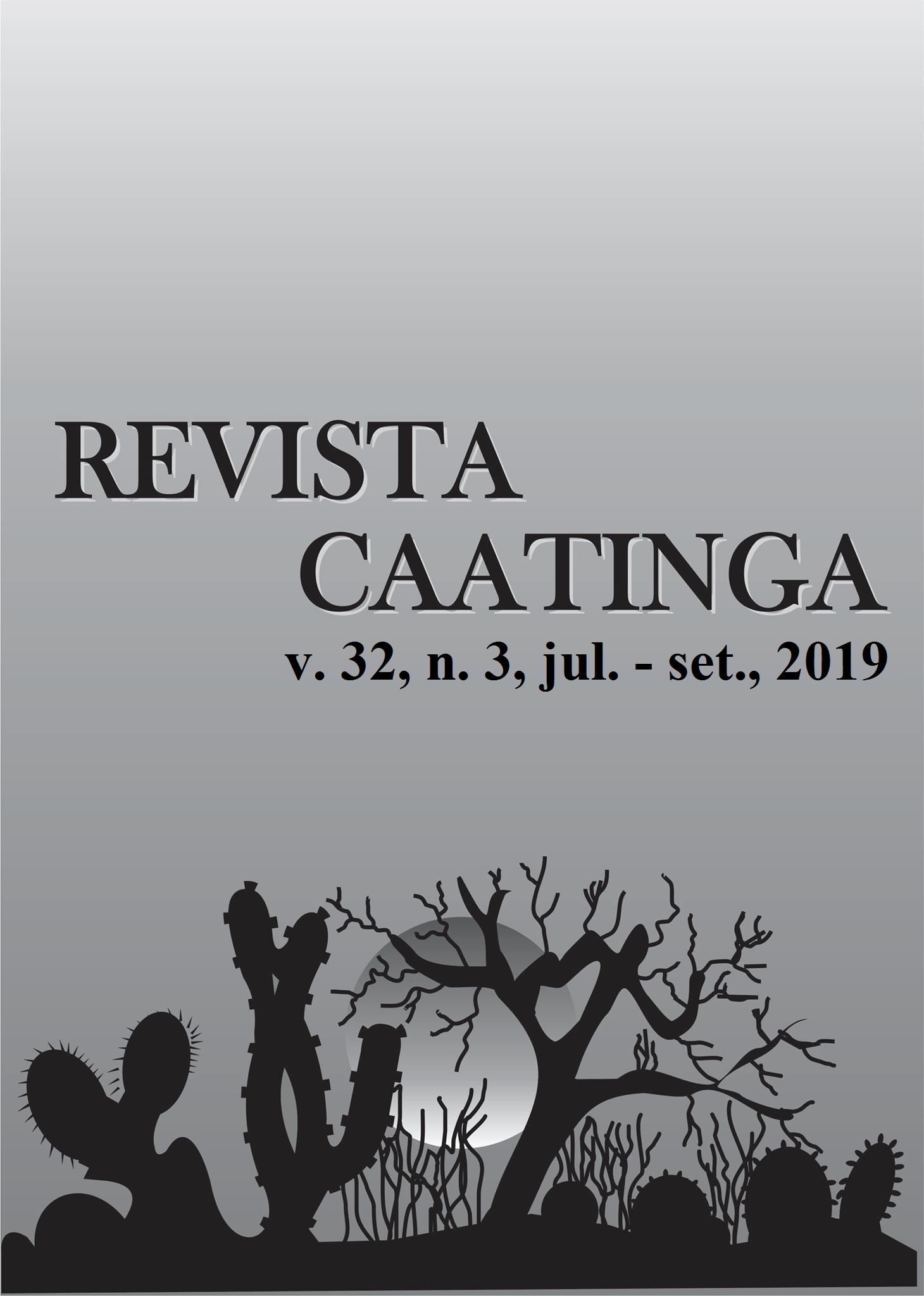YIELD AND BIOMETRIC CHARACTERISTICS OF MAIZE SUBMITTED TO PLANT POPULATION AND TRINEXAPAC-ETHYL DOSES
DOI:
https://doi.org/10.1590/1983-21252019v32n311rcKeywords:
Self-shading. Plant density. Growth regulator. Zea mays L.Abstract
The use of plant growth regulators in agriculture can alter the morphology of corn plants, increasing crop yield due to the possibility of increasing the population. This study aimed to evaluate the effects of plant populations associated with trinexapac-ethyl (TE) doses on the biometric characteristics of shoot and grain yield of contrasting corn cultivars regarding plant architecture. Experiments were conducted in the field during two seasons with the hybrids 2B710 HX (flat leaf) and TL Status (erect leaf) in a randomized block design (four replications) and treatments in a 5 × 5 factorial scheme, with five plant populations (40, 60, 80, 100, and 120 thousand plants ha−1) and five TE doses (0, 100, 200, 300, and 400 g a.i. ha−1) applied by foliar spraying at the V6 stage. Plant height, ear insertion height, stem diameter, leaf area index, and grain yield were evaluated. An increment in population increases plant height, ear insertion height, and the leaf area index, but reduces stem diameter. The plant growth regulator TE reduces plant height and ear insertion height. The interaction between plant population and TE favors corn yield, with the highest values observed in combinations of 93.4 thousand plants ha−1 with a dose of 176 g ha−1 of TE for the hybrid 2B710 HX and 92.2 thousand plants ha−1 with a dose of 251 g ha−1 of TE for the hybrid Status TL.
Downloads
Downloads
Published
Issue
Section
License
Os Autores que publicam na Revista Caatinga concordam com os seguintes termos:
a) Os Autores mantêm os direitos autorais e concedem à revista o direito de primeira publicação, com o trabalho simultaneamente licenciado sob a Licença Creative Commons do tipo atribuição CC-BY, para todo o conteúdo do periódico, exceto onde estiver identificado, que permite o compartilhamento do trabalho com reconhecimento da autoria e publicação inicial nesta revista, sem fins comerciais.
b) Os Autores têm autorização para distribuição não-exclusiva da versão do trabalho publicada nesta revista (ex.: publicar em repositório institucional ou como capítulo de livro), com reconhecimento de autoria e publicação inicial nesta revista.
c) Os Autores têm permissão e são estimulados a publicar e distribuir seu trabalho online (ex.: em repositórios institucionais ou na sua página pessoal) a qualquer ponto antes ou durante o processo editorial, já que isso pode gerar alterações produtivas, bem como aumentar o impacto e a citação do trabalho publicado (Veja O Efeito do Acesso Livre).







